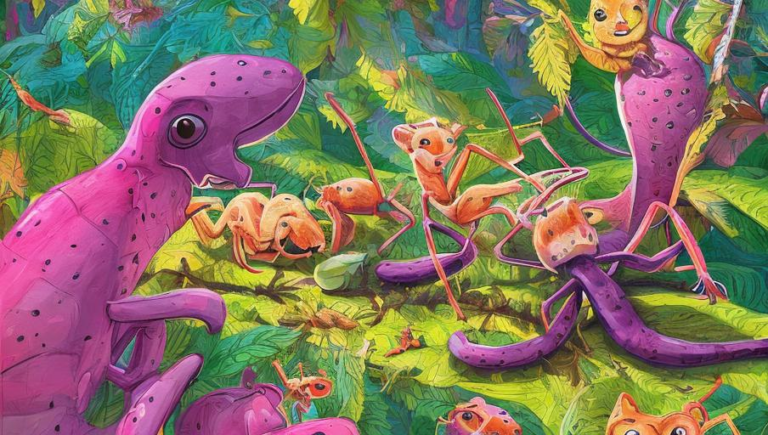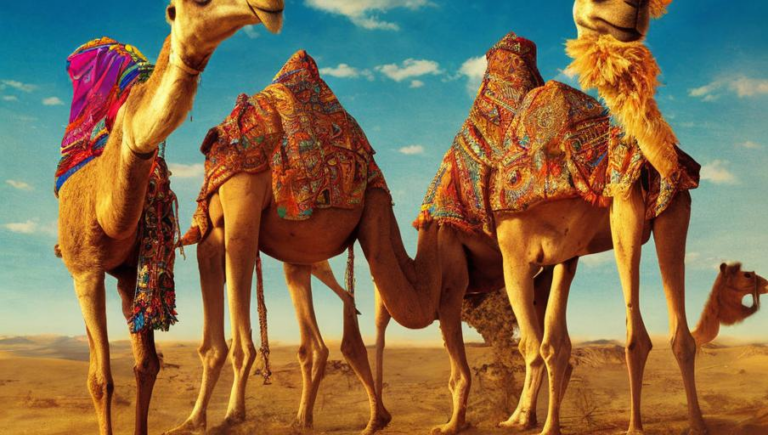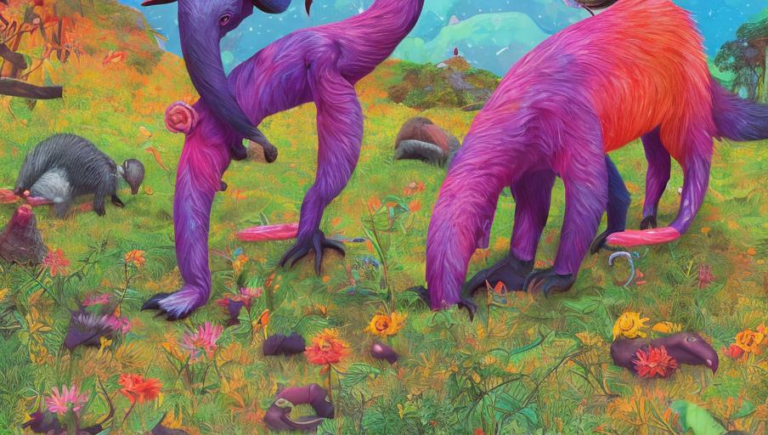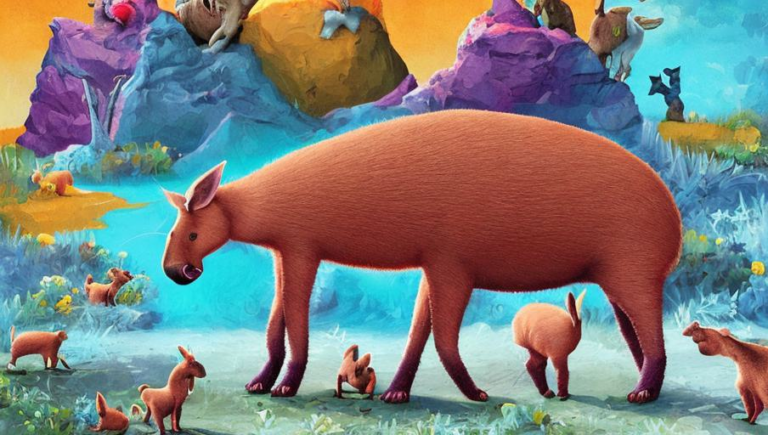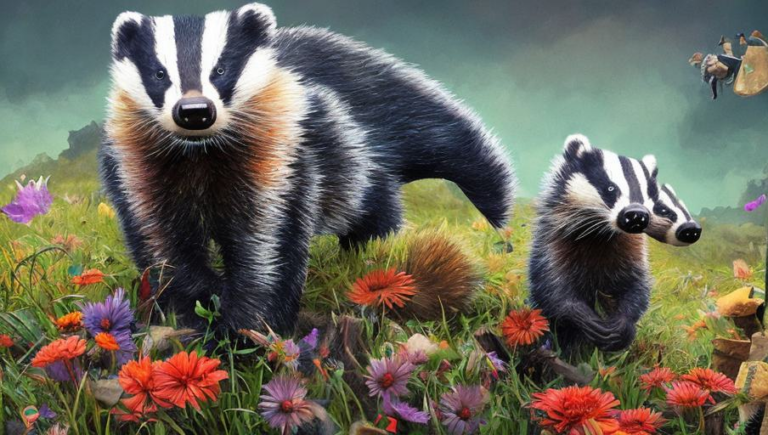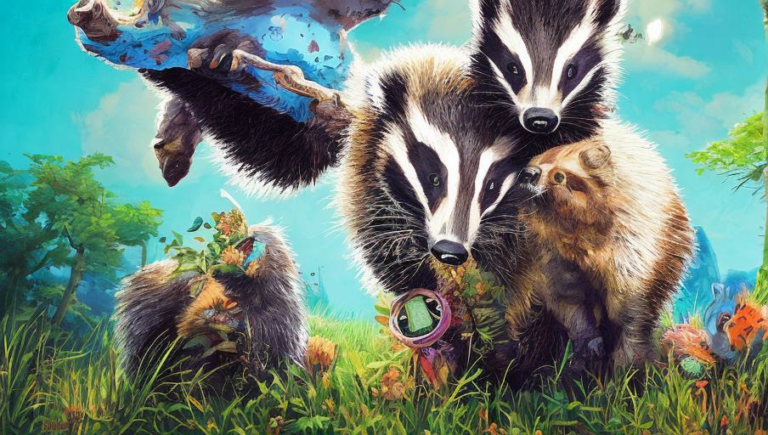Stories of the Caribou
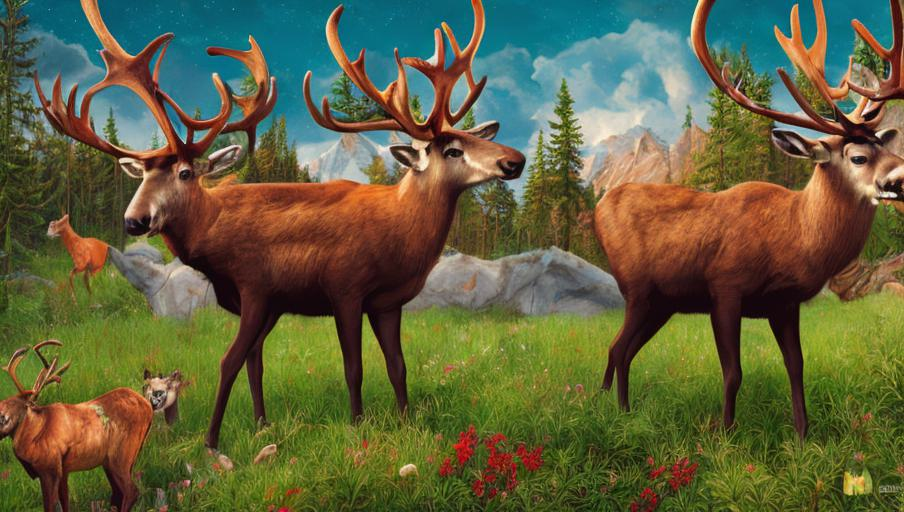
Introduction to the Caribou
The iconic caribou is a species of deer found throughout the northern hemisphere, from North America to Eurasia. It is an extremely hardy creature that can survive in harsh climates and is adapted to living in the tundra, where temperatures can plummet to -50°C in the winter. The caribou is known for its large antlers, which can span up to 5 ft across in males, and for its migratory habits. Every year, herds of caribou travel long distances in search of food, which makes them a symbol of strength and resilience.
The Caribou’s Diet
The caribou is a herbivore, which means it eats vegetation like plants, lichens, and mosses. It will also eat fungi and fungi-like organisms such as mushrooms and truffles. The caribou can survive in the harshest of climates because its diet is so varied and it can find food in a wide variety of places, even in the snow.
Unique Adaptations
The caribou has adapted to living in the cold environments of the northern hemisphere in a number of ways. It is equipped with a thick coat of fur that keeps it warm in cold temperatures, and it has a special “reindeer nose” that helps it to detect food in the snow. Its hooves also have a special adaptation, as they are large and spongy, which helps the caribou to move through the snow and find food. The caribou also has a special type of antler that is shed and re-grown every year, and it is used for protection from predators.
Threats to the Caribou
Unfortunately, the caribou is facing a number of threats, including habitat destruction and climate change. The warming temperatures of the northern hemisphere are causing the tundra to melt, which is reducing the caribou’s habitat and food sources. In addition, the caribou is hunted for its meat, antlers, and fur, which has led to a decrease in the population.
Conservation Efforts
In order to protect the caribou, there are a number of conservation efforts being taken. For example, some areas have been designated as protected areas where hunting is not allowed. Additionally, some organizations are working to restore the caribou’s habitat by replanting vegetation and reintroducing caribou to areas they have been hunted out of. Finally, there are efforts being taken to reduce the effects of climate change on the caribou’s habitat.
Conclusion
The caribou is an amazing creature, and it is important that we do what we can to protect it. With the right conservation efforts, we can ensure the caribou’s future and ensure that this majestic creature continues to roam the northern hemisphere for generations to come.
